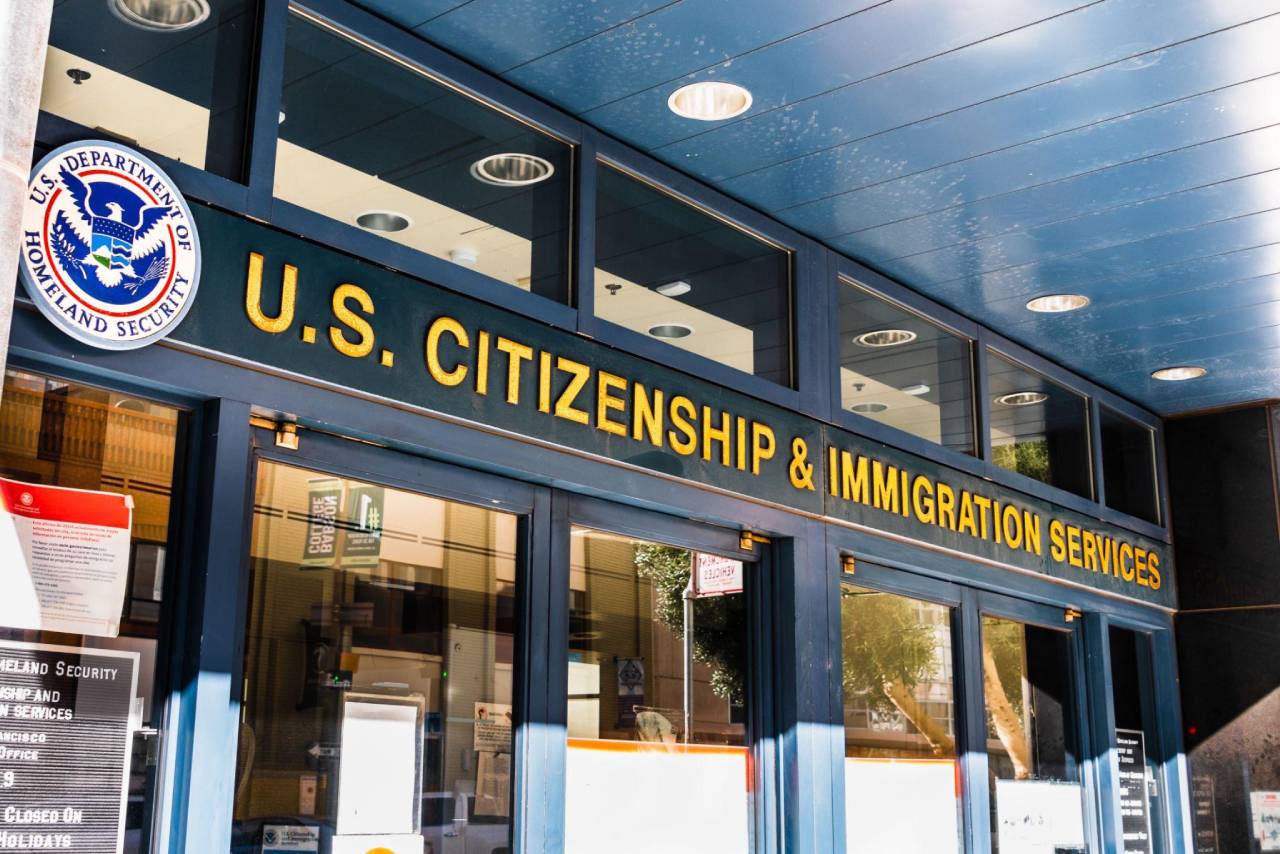
Prosecutorial Discretion: What to know
Immigration prosecutorial discretion is a tool used by immigration officials to enforce immigration laws efficiently and fairly. It refers to the power of immigration authorities to decide whether to initiate or pursue deportation proceedings against an individual. The Immigration and Nationality Act (INA) provides broad discretion to immigration authorities to decide whether to initiate or pursue removal proceedings against non-citizens. The Department of Justice’s (DOJ) guidance memos serve as a policy manual for immigration officials and attorneys, providing instructions on how to enforce immigration laws. One of the most significant guidance memos on immigration prosecutorial discretion is the “Morton Memo,” issued in 2011.
The Morton Memo instructs Immigration and Customs Enforcement (ICE) officials to prioritize the removal of individuals who pose a threat to national security or public safety, such as criminals and gang members, while also considering factors such as length of presence in the United States, family ties, and community contributions when deciding whether to pursue removal proceedings. In the landmark case of INS v. Cardoza-Fonseca, the Supreme Court held that prosecutorial discretion is necessary in immigration enforcement to enable immigration officials to exercise judgment in deciding which cases to pursue, and which to prioritize for removal. Overall, immigration prosecutorial discretion is an essential and well-established tool used by immigration officials to enforce immigration laws efficiently and fairly. Immigration prosecutorial discretion refers to the power of immigration officials to decide whether to initiate or pursue deportation proceedings against an individual, and this power can be exercised based on various grounds for relief that may be available to the non-citizen. One common ground for relief that may be considered under immigration prosecutorial discretion is cancellation of removal, which is a form of relief available to certain non-citizens who are in removal proceedings and meet certain statutory requirements.
Another ground for relief that may be considered under immigration prosecutorial discretion is Temporary Protected Status (TPS), which is a temporary benefit that provides protection from deportation and work authorization to individuals from certain countries facing extraordinary and temporary conditions such as war or natural disasters. Immigration officials may exercise prosecutorial discretion and not pursue deportation proceedings against a person with TPS status, Deferred Enforced Departure (DED) and Deferred Action for Parental Accountability (DAPA). This discretion is also used in cases involving individuals seeking humanitarian protection, such as U visas, T visas, and asylum. By considering statutory requirements and case-specific factors, immigration officials can make informed decisions to ensure that individuals who are eligible for humanitarian relief can remain in the United States. Relevant authorities, such as the INA, policy manuals, and court precedent, provide guidance to immigration officials when making decisions based on immigration prosecutorial discretion.
Popular Services
Get In Touch
TRENDING BLOG POST

Preserving Rights and Balancing Interests: Untangling the Legal Fabric of Employment Law

Nurturing Stability and Protecting Loved Ones: Unraveling the Legal Tapestry of Family Law

Preserving Your Legacy: Navigating the Legal Terrain of Estate Planning

Unveiling the Legal Framework of Business: Crafting a Solid Foundation for Success

Navigating the Legal Landscape of Real Estate: Ensuring Clarity, Security, and Protection

